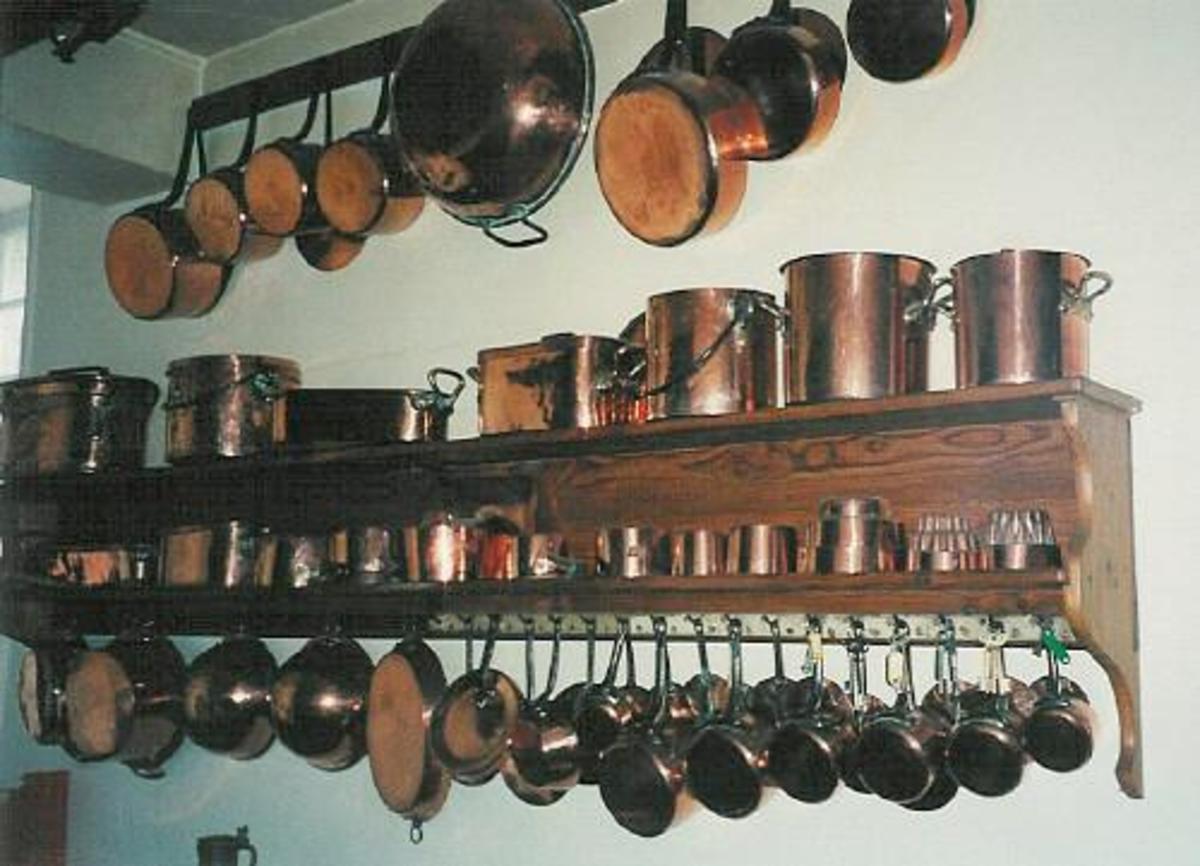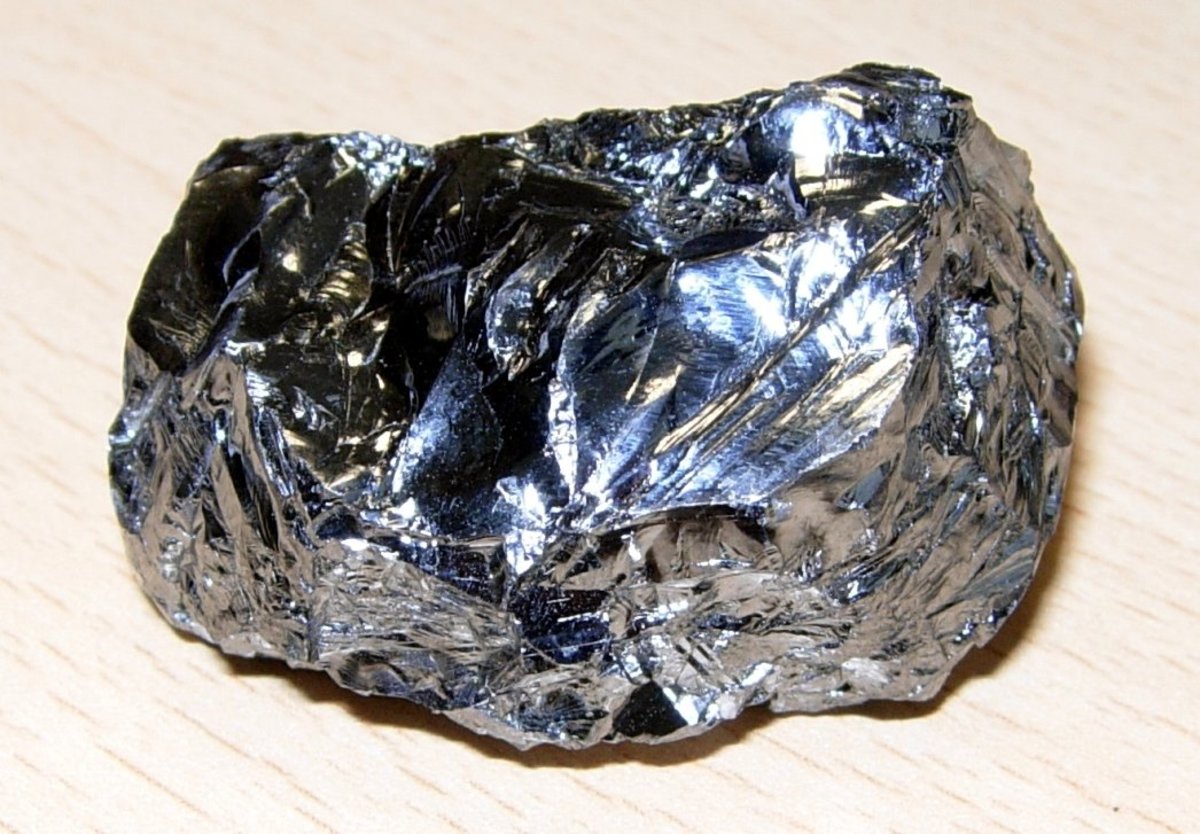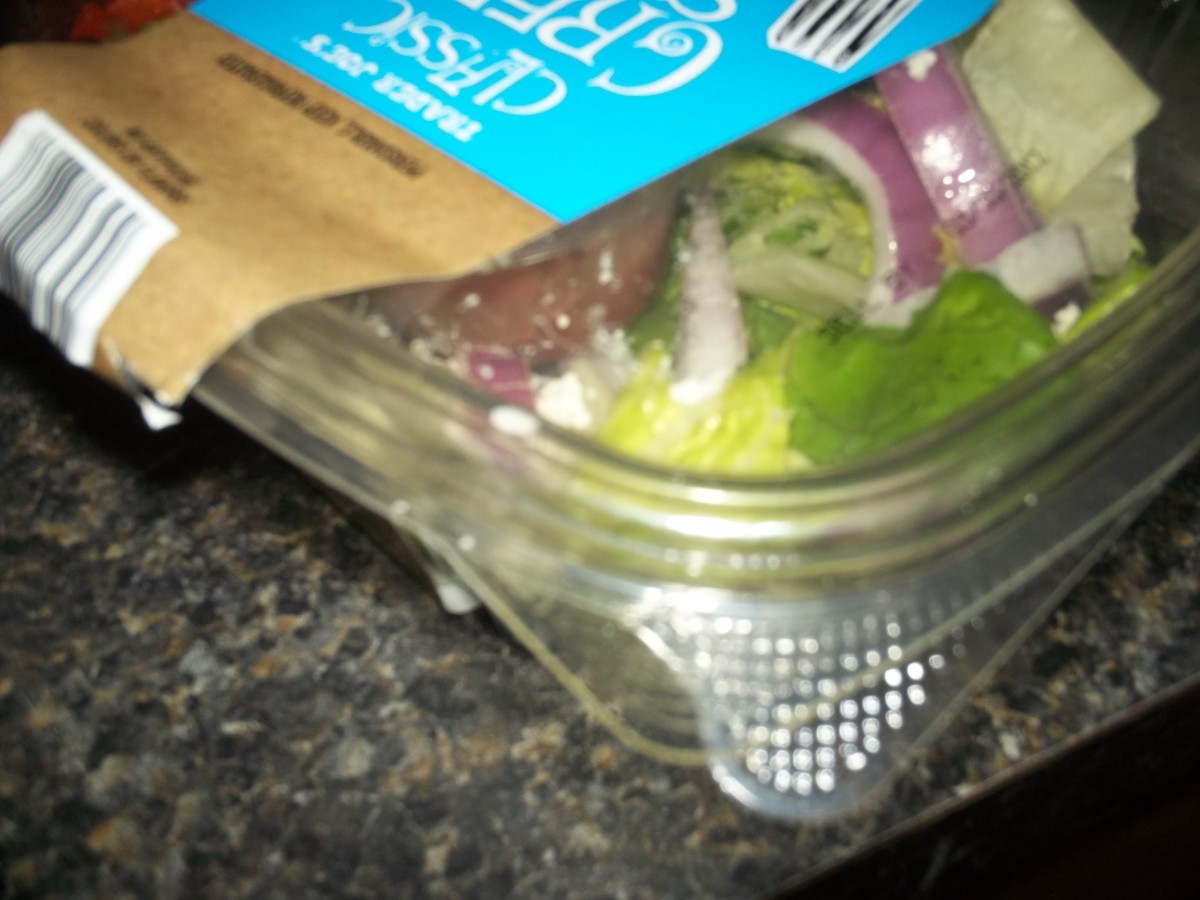Silicone Cookware

Coming to Your...Table?
I have a new love, and my husband isn't a bit jealous! While silicone cookware is at least common enough to be a familiar concept to most people, there's a new product that isn't as familiar: silicone drinking glasses.
Recently my husband needed to get some new work boots, and the store offered us a promotional item with our purchase - the glass he's drinking from in this photo. It wasn't like any glass we'd seen before other than its shape, and even though I don't typically write product reviews, I was so fascinated by this simple drinking vessel that I had to learn more. What I learned surprised me, and I think it'll surprise you, too.
Silipint Drinking Glasses
Silipint drinking glasses run about $12 each, with volume discounts. They can be personalized or customized for use as promotional items. They are not available on Amazon yet, I'm afraid.
The manufacturer says that they are recyclable, but not through curbside programs (yet), so if you ever want to return one, they'll provide you with postage-paid packing materials to send it back so they can recycle it. (Why anyone would ever want to, I can't imagine.)
Silicone Drinking Glass
Silicone is not rubber, but the drinking glass we got feels like it. It's squishy-ish. This very short video reveals how flexible and transparent the material is, yet it has a durable feel at the same time.
I'm eccentric, but not so much that "squishiness" determines why I'd go gaga over a drinking glass. Here are the reasons I immediately wanted to fill my cupboards with these things:
- This glass (which of course, isn't made of glass at all!) stays at room temperature whether it has hot or cold drinks in it.
- When I use our refrigerator's ice dispenser, it doesn't make nearly as much noise as using a plastic or glass container.
- It dries fast after washing it.
- I can bake a muffin in it.
- Ok, maybe I do like a little bit of squishiness. I like the way it seems to mold to my hand! It certainly has a better grip that prevents slipping when I wash it or pick it up.
- It has less condensation when it has a cold drink in a warm room. (Water marks on the furniture may be a thing of the past!)
The store's cashier hadn't known what the glass was made from, so I looked up the manufacturer's website to learn more. It's called a Silipint, and its website is just what you'd guess - www.silipint.com. That's where I discovered many fascinating facts about these glasses as well as reasons to replace much of my kitchenware with silicone cookware and utensils.
Test Your Science Skills
view quiz statisticsSilicon | Silicone Difference
The first thing I learned took me back to high school science classes. The product is made of silicone, which is not the same thing as silicon. Until now, I'd thought there were two ways to spell the same word, sort of like the English word "color" and the British version "colour." Nope.
Silicon is a element found on the period table that we've all seen (and probably dreaded!) It's found naturally in the earth - in great abundance, I might add. Sand is a silicate - it's made up primarily of oxygen and silicon.
Now, I won't pretend to be a scientist. A nerd, maybe, but not a scientist. What I'm about to describe is my interpretation of all the fifteen-syllable words strung together by greater minds than mine.
Silicon forms the basis for glass of any type, whether it's formed by natural causes (think of a meteor striking the earth and super-heating the sand, which fuses into glass when it cools) or by humanoids who figured out how to imitate the process to make life a little easier a millenium or two ago.
Since the discovery of glass, strange alchemist types (also known as scientists) have tinkered with the process, adding a little of this and a little of that to make it more transparent, differently colored, extra durable, and more. Along this long and meandering road they've journeyed, they've discovered ways to make polymers. A polymer is a way of arranging or "gluing" molecules. Silicone refers to a polymer that started with the same chemical components as glass: silicon and oxygen, hydrogen and a bit of carbon and voila!
Squishiness. Plus a few other benefits:
- Extreme durability (as long as it's not placed in concentrated solvents, acids, or oils.) Silicone has a half-life that's similar to glass, according to Silipint.
- It doesn't scratch easily.
- Unbreakable.
- Toxin-free (including BPA - the cause of so much ruckus over plastic bottles in recent years.)
- Temperature tolerance - explained more in the next section.
- Does not support mold, fungus, or bacteria growth.
Silicone Cooking Safety
1. Do not use sharp utensils that can stab or cut the material.
2. Follow manufacturer's directions for first-time use.
3. Avoid direct exposure to flame, including your oven's broil function.
4. Use a baking sheet as necessary to provide stability for smaller molds.
Silicone Cooking Aids from Amazon
Silicone Cookware & Utensils
Silicone products are equally comfortable in an oven, freezer, microwave, and dishwasher. They won't crack, break, or melt at temperatures as low as -150º F (-101º C) or as high as 600º F (315º C), depending on the product and manufacturer. Some silicone polymers are safe only to 525ºF.
While it'd be nice to plunk it over a flame to demonstrate this durability, fire burns at about a thousand degrees Fareinheit, so it does have *some* limitations! Silicone products aren't intended for direct contact with flame or the heating elements of an electric oven.
Inside a gas or electric oven, temperatures stay around 550º F (288º C), safe for silicone cookware. However, because it's so flexible, it may be necessary to use a cookie sheet for transferring silicon cookware to and from the oven. Small molds might need a cookie sheet while they're in the oven, but large ones can be placed directly on the oven's racks.
The extra step may be worth it when you consider the extra benefits of using silicone cookware:
- Food doesn't burn to its surface.
- It doesn't react with food. Sugars won't stick to it and damage cakes when you remove them.
- Their flexibility makes removing items a cinch. (Did I mention that they won't get damaged because of food sticking to them?)
- They can go directly from the oven to the freezer. I'm not sure that'd be such a great thing for other frozen goods already in there, but hey, it's your freezer.
- The non-stick cookware is extremely easy to clean with a simple wipe, saving on detergents and time.
Don't hesitate to explore how silicone kitchen wares can improve your life and be good for the environment!









